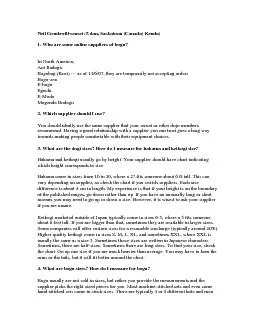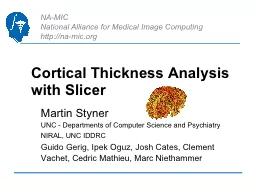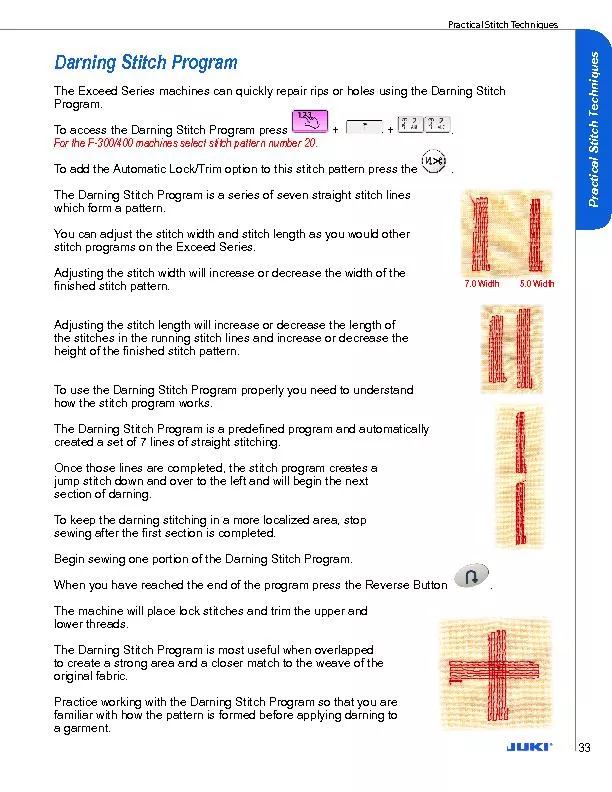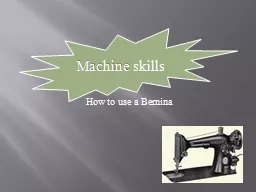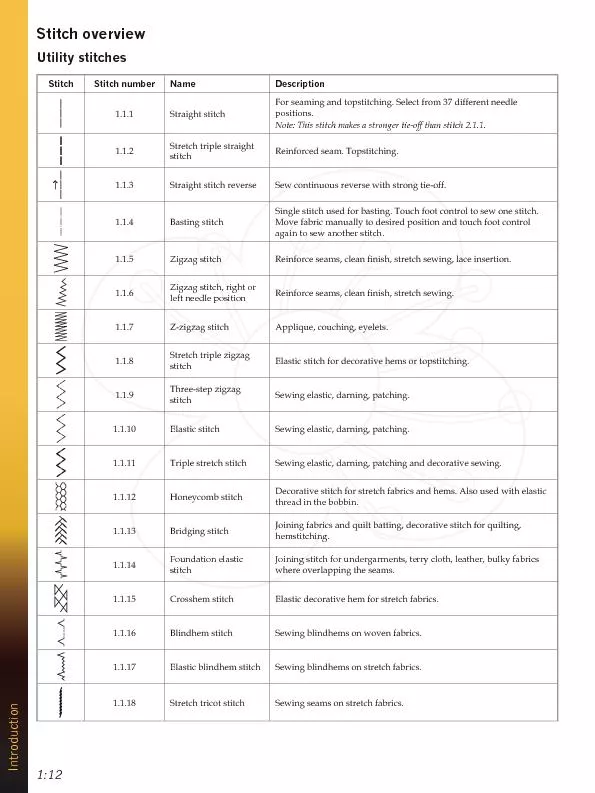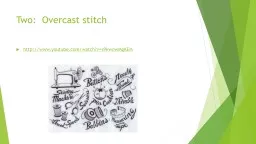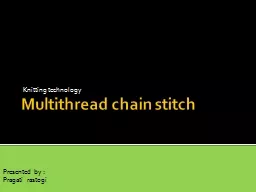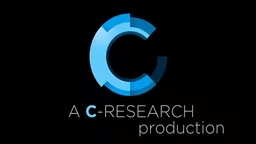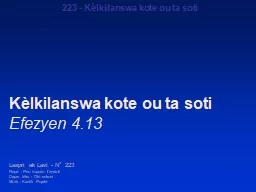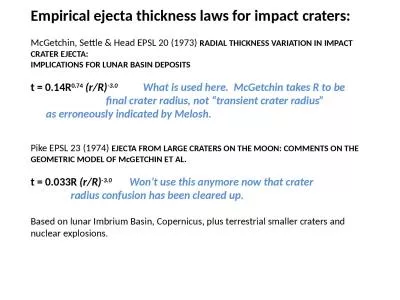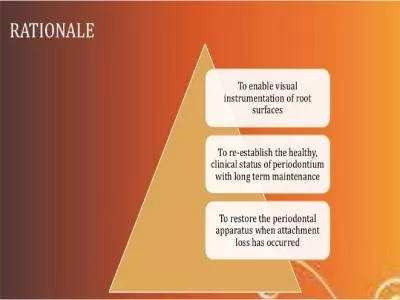PDF-men and kote futon vs same thickness varying stitch width for machi
Author : elyana | Published Date : 2021-06-15
17 What difference does the stitch width make anyway For machinestitched bogu stitch width has become shorthand for thbogu and many people only look at this number
Presentation Embed Code
Download Presentation
Download Presentation The PPT/PDF document "men and kote futon vs same thickness va..." is the property of its rightful owner. Permission is granted to download and print the materials on this website for personal, non-commercial use only, and to display it on your personal computer provided you do not modify the materials and that you retain all copyright notices contained in the materials. By downloading content from our website, you accept the terms of this agreement.
men and kote futon vs same thickness varying stitch width for machi: Transcript
Download Rules Of Document
"men and kote futon vs same thickness varying stitch width for machi"The content belongs to its owner. You may download and print it for personal use, without modification, and keep all copyright notices. By downloading, you agree to these terms.
Related Documents

